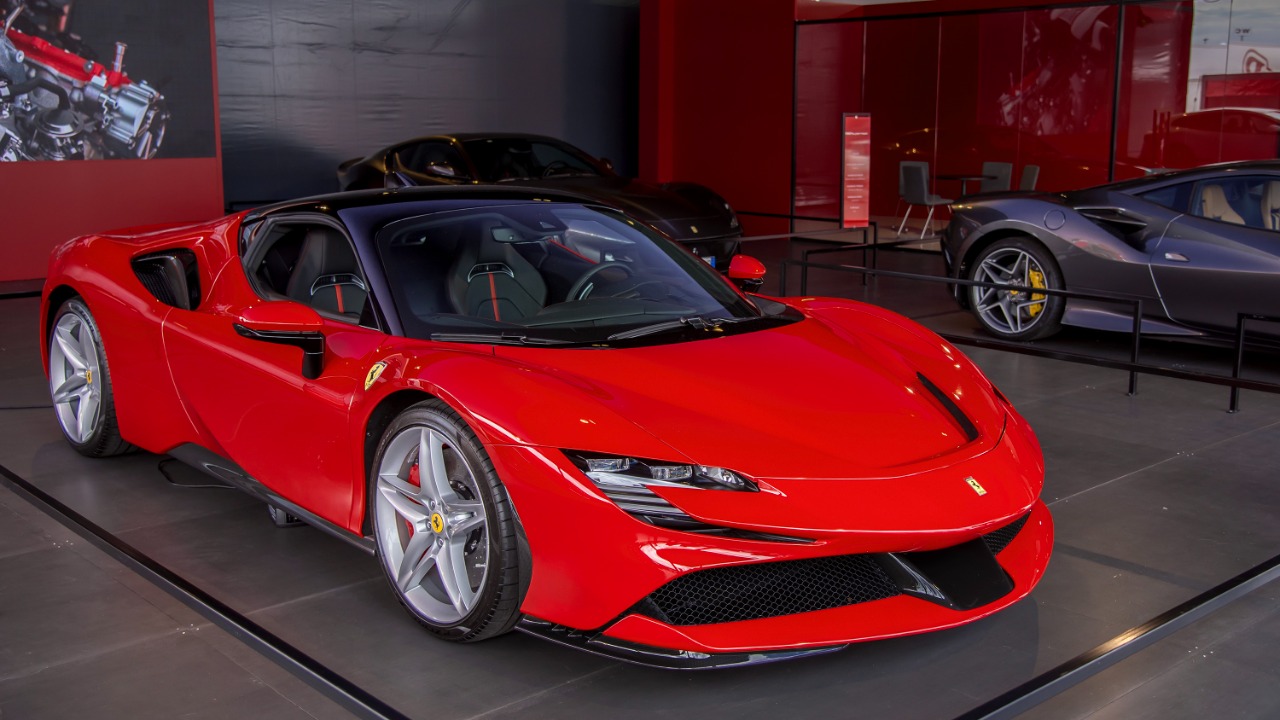
Ferrari, the renowned Italian automaker, has expressed strong confidence that gasoline engines have not yet reached their peak in terms of performance and innovation. This assertion comes amidst a global automotive industry increasingly focused on electrification. On October 17, 2025, Ferrari highlighted its commitment to advancing internal combustion technology, emphasizing the potential of hybrid and pure gas configurations in future high-performance vehicles. This stance underscores Ferrari’s belief in the continued relevance of gas engines, even as the industry shifts towards electric vehicles (Motor1).
Ferrari’s Stance on Internal Combustion Evolution
Ferrari’s official position is that gasoline engines still hold significant untapped potential. The company is focusing on enhancing efficiency and power output, as evidenced by recent communications from its executives. Ferrari sees gas engines as complementary to hybrid systems rather than obsolete, a sentiment echoed by key figures within the company. This perspective is crucial as it shapes Ferrari’s strategic direction, particularly in terms of its model lineup. The company plans to continue investing in V8 and V12 configurations, with no immediate plans for full electrification (Motor1).
Ferrari executives have reinforced this confidence by detailing how the brand views gas engines as integral to its identity. They argue that these engines can coexist with hybrid systems, offering a unique blend of performance and efficiency. This approach allows Ferrari to maintain its reputation for high-performance vehicles while also addressing environmental concerns. The strategic implications are significant, as Ferrari’s commitment to gas engines ensures that its iconic models will continue to feature powerful, traditional powertrains alongside newer hybrid technologies (Motor1).
Historical Milestones in Ferrari Engine Development
Ferrari’s history of engine development is marked by a series of innovations that have consistently pushed the boundaries of performance. From the evolution of naturally aspirated designs to the introduction of turbocharged variants, Ferrari has demonstrated a commitment to refining its gas engines. Notable models, such as the 812 Competizione’s V12, exemplify ongoing advancements in horsepower and emissions control. These historical milestones illustrate Ferrari’s track record of iterative improvements, which underpin its current confidence in the future of gas engine technology (Motor1).
Key past innovations include the development of engines that balance power with efficiency, a hallmark of Ferrari’s engineering prowess. The company’s ability to adapt and enhance its engine designs over time has been crucial in maintaining its competitive edge. By connecting these historical data points, Ferrari demonstrates a pattern of continuous improvement that supports its belief in the unpeaked potential of gas engines. This legacy of innovation provides a strong foundation for future advancements in internal combustion technology (Motor1).
Technical Innovations Driving Gas Engine Confidence
Emerging technologies are at the forefront of Ferrari’s efforts to enhance gas engine performance. The company is exploring advanced materials for lighter components and optimized combustion processes to improve efficiency. These innovations are crucial in demonstrating the unpeaked potential of gas engines. Recent prototypes and models have shown significant gains in torque and fuel economy, reinforcing Ferrari’s narrative of ongoing advancement in internal combustion technology (Motor1).
Ferrari’s focus on technical innovation also addresses regulatory challenges, such as stringent EU emissions standards. By developing engines that meet these requirements while maintaining the visceral driving experience central to its brand, Ferrari ensures that its vehicles remain appealing to enthusiasts. This balance between performance and compliance is a key factor in Ferrari’s strategy, allowing the company to differentiate itself in a rapidly evolving automotive landscape (Motor1).
Industry Context and Ferrari’s Differentiation
Ferrari’s optimism about gas engines contrasts with broader industry trends, where many competitors are accelerating their adoption of electric vehicles. While the shift towards electrification is undeniable, Ferrari’s strategy of balancing hybrids with traditional gas engines sets it apart. This approach caters to market-specific factors, such as the demand from enthusiasts for the distinctive sounds and sensations of naturally aspirated engines. By maintaining a focus on hybrid-gas integrations, Ferrari positions itself to meet diverse consumer preferences while continuing to innovate (Motor1).
The potential risks and benefits of Ferrari’s strategy are significant. On one hand, the company risks falling behind in the electric vehicle race if it does not adapt quickly enough. On the other hand, its commitment to hybrid-gas technologies could yield substantial rewards, particularly if consumer demand for traditional driving experiences remains strong. Upcoming models, such as the next-generation supercars, will likely feature this hybrid-gas integration, showcasing Ferrari’s ability to innovate while staying true to its roots (Motor1).